Liam Singleton, a Shanghai-based freelancer, shared his trekking experience in Tibet with all of us. Time without snow is the best time for trekking in Tibet. During the snowfall not only the mountains are inaccessible but the highways that take you to the trail heads are blocked.
Trekking in Tibet can be gruelling, yet on the journey wonders present themselves and huge barriers of body and mind are crossed. As Liam Singleton discovers, it can be the most rewarding experience of your life.
The train journey lasted almost 50 hours, slowly climbing from sea level to over 5,000 meters, across seven provinces and some of the most spectacular terrain on the planet, and despite the claustrophobia, headaches and deteriorating cleanliness of the carriage, it only got better with every hour that passed.
The Shanghai to Lhasa train, at 4,373 kilometers in length, is a marvel of modern technology. Numerous challenges had to be surmounted to construct the passenger and cargo transport to the Tibet Autonomous Region's rich pastures: debilitating altitudes, disconcerting remoteness, environmental and cultural considerations, and frozen foundations, to name a few. But one of man's greatest construction projects pales into insignificance when you peer through the window. The first day is spent heading west into China's mountainous regions, as province after province glides past at over 100kmph. Through huge industrial cities, past factories and power stations that twinkle at night and belch fumes by day, it's plain to see how China earned the label "factory of the world."
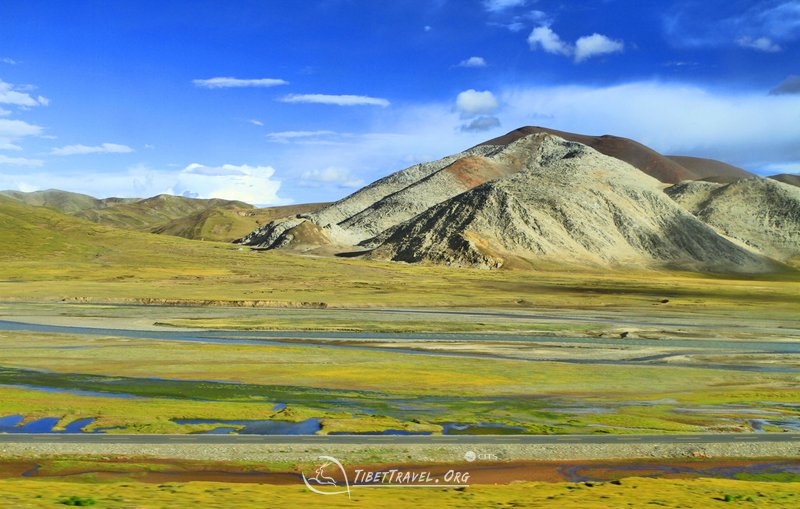
Fascinating as that is, the real treat is waking up on the last day of the journey, as civilization and manufacturing might is abandoned for near-total isolation of the Qinghai-Tibetan plateau, known simply (and appropriately) as the "roof of the world."
Crossing the plateau is to visit another planet; so alien is the landscape, so untouched and unspoiled that humanity is temporarily forgotten. Profound ravines splinter through the pale soil and soft rock, sky-blue rivers flow sedately around the jagged cliff faces. Immense mountains rise out of the perfect horizon, as if molded out of lumps of Plasticine by a giant, ungifted toddler. The abstract simplicity is breathtaking.
Shrubs and trees are at a bare minimum, giving the impression that the plateau stretches on flat and eternal. Vast grasslands support the occasional prancing antelope, and the odd herd of yak can be seen lumbering across the expanse, but these are few and far between.
As the hours pass, you begin to appreciate the scale of this land, and the immensity of the snow-capped mountains that shadow the route.
It's almost with a sense of regret that we enter Lhasa, leaving behind that elevated splendor, but immediately the color and vibrancy of Tibet's capital city overwhelms. Bold splashes of red, blue, yellow and white adorn everything, from houses to attire, up to the prayer flags that aspiring Buddhists have placed on the mountains that enclose the city.
Khaki-clad protectors march alongside the red monks who wander between temples and markets, spinning prayer sticks, completely lost in contemplation.
The most devout proceed painfully slowly, prostrating with every step, noses touching the ground. Humility and endurance are essential traits at these heights.
As night descends, locals head to the nangba, a nightclub-theater amalgamation featuring ethnic dance performances and huge crowds of merry men and women. As the night progresses, the stage becomes overwhelmed with punters dancing in an entrancing spiral line-dancing formation. The fervor is enthralling.
The Ganden-Samye trek begins at Ganden Monastery, built into a crescent peak above the cloud line. Young boys from working-class families form the majority of the congregation. Sent to temple at a tender age, they have the opportunity to return to their families.
At prayer time the main hall is awash with crimson cloaks. The head monk leads the chant, sitting crossed-legged upon speakers that reverberate with his message. The room is filled with the sickly sweet fog of burning yak butter, adding heaviness to an already powerful occasion. An absentminded young monk pulls out his mobile phone, breaking the spell.
Setting off up the mild slopes of the valley, the initial impression is that the following six days would be a gentle amble. These notions are quickly displaced - at over 4,000 meters, every step is laborious. Although the trek's highest point is a modest 5,200 meters, for an inexperienced (or unfit) rambler, this is plenty.
Six yaks covered in bright drapes and ringing bells, plus two herdsmen, one cook and one guide per tour provide the necessary soundtrack, equipment and expertise required to tackle these mountains.
Days pass, and altitude sickness sets in, with shortness of breath and long spells of dizziness becoming as challenging as the terrain underfoot. An intense throbbing in the temples is matched by the slow, heavy thumping of feet on rock, but pausing for composure offers bewildering natural compositions.
Upon reaching the pass, the highest point of the trek, the views are breathtaking. Colossal mountains stretch into the distance, hundreds of miles toward Everest (Mt Qomolangma) and beyond. Giant melt-water rivers trace through the valleys, as thin as pencil lines. Whole sides of mountains form perilous scree slopes that must be navigated with the agility and nonchalance of the yak.
A small clump of rock, haphazardly forming a pyramid, marks the highest point of the trek. But the trekkers' shrine also marks a triumph, however modest. To have crossed the highest plateau on earth, and climbed in the Himalayas, the greatest mountain range on the planet, deserves some recognition.
Adding a stone to the pile is to be a part of a rare group who have reached great heights, but thankfully these numbers are growing, and the pyramid is getting a little higher with every trek.
The descent back to Shanghai may be long, slow and seemingly mundane, but the memories from standing atop the pass will stay forever. Despite the difficulties and pain, trekking in Tibet will be hard to top.
A Tibet trekking tour is a true adventure. It is more, it is a deep cultural experience, an opportunity to see some of the world's most remote and untouched corners , and a moment to enjoy the pristine beauty of its mountains and lakes.Trekking in Tibet is strenous , but the rewards are immense.

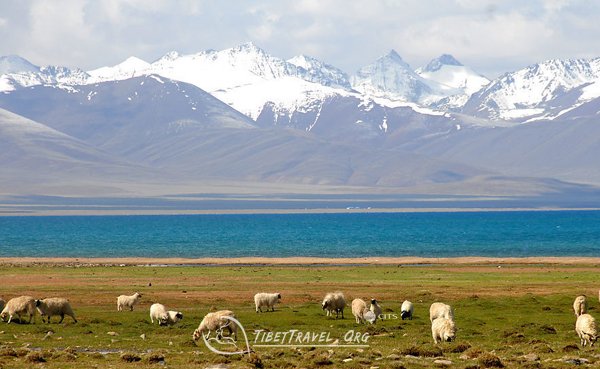

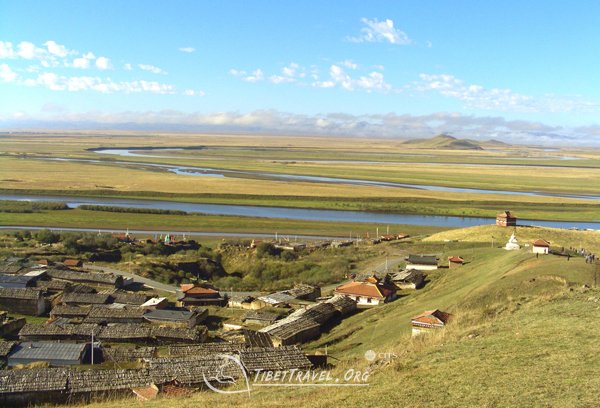
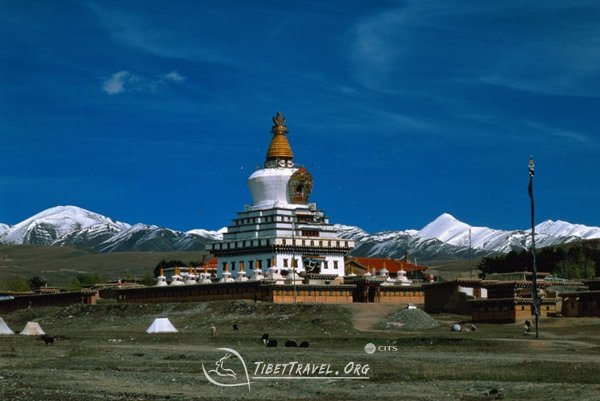
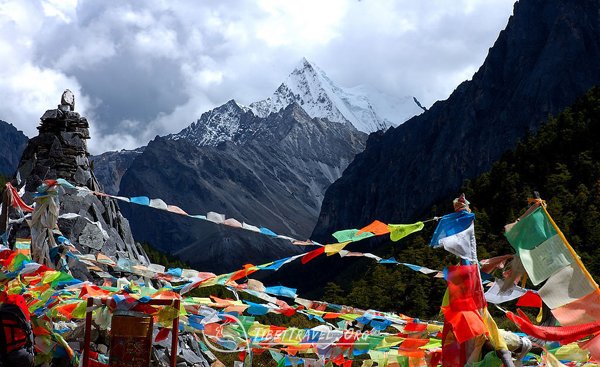
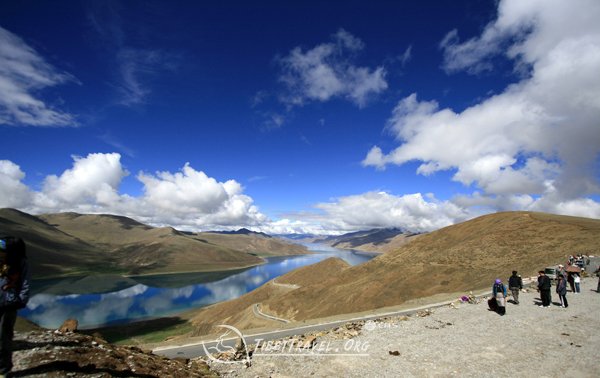




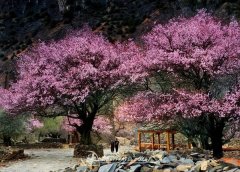
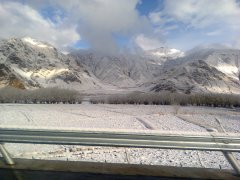


.jpg)




0 Comment ON "Trekking experience in Tibet"